This is a story about a 2009 Baja KLR ride. In Part I, we covered the ride from southern California to Rosarito Beach.
The breakfast at Velero’s in Ensenada was impressive (it always is), and it was a glorious morning as we rolled south.
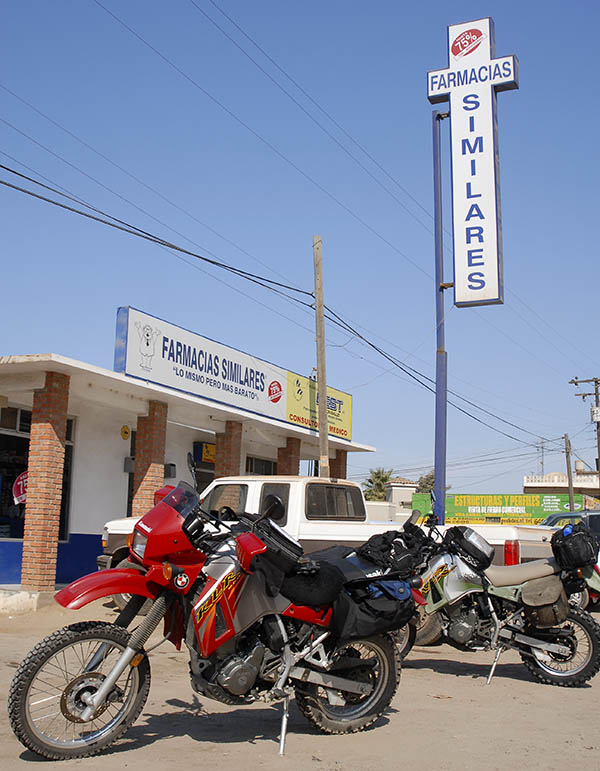
We had several offroad explorations in mind as we rode deeper into Baja that morning, but our first stop was at a farmacia. I like Mexican pharmacies. Here in the US in 2009, all the stories in the news media were about the drug wars in Mexico. Right church, wrong pew, as they say: The US news media had the wrong story. The real drug story in Mexico was (and still is) how cheap prescriptions are down there. You don’t need a prescription in Mexico for many of the drugs that require prescriptions in the US (like penicillin, and prednisone, and Lord knows what else), and meds are trivially inexpensive. The drugs are the same as what we get in the US (literally, the same, from the same US manufacturers in many cases). I wish our so-called “investigative journalists” would write an expose on that topic, but they were too focused in 2009 on killing the tourism industry in Mexico with distorted news about the drug wars. Go figure.
We continued south on the Transpeninsular Highway. There’s about a dozen miles of traffic leaving Ensenada, and then Baja switches suddenly from squalor to splendor as the road climbs into the mountains and descends into Baja’s wine country. It really is spectacular. If you’ve never made this ride, or if you’re idea of going into Mexico is TJ or Ensenada, you need to venture further south to start to get a feel for the real Baja. Trust me on this.
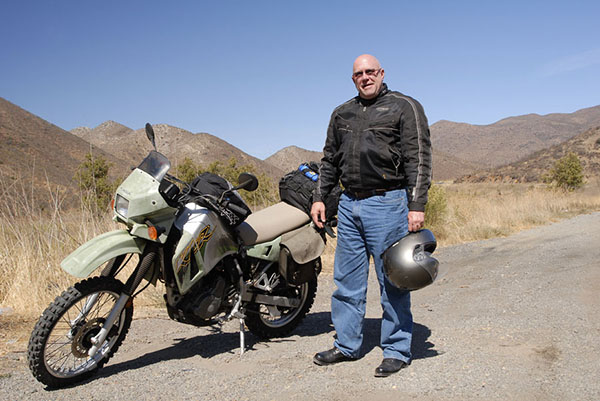
Ah, Baja. It was beautiful. It always is.
Our first excursion in the dirt would be to the abandoned mission in San Vincente, well into the desert and well south of mountains. We saw a sign for the mission and took a dirt road heading west from the Transpeninsular Highway. As it turned out, there was a lot more out there than just an abandoned mission.

We first saw a building we initially mistook for the mission. It was a private home (one of several). We were stunned. The homes were magnificent, tucked away in the hills down a rough, soft sand road. I’d been by San Vincente on many prior Baja rides, but I had no idea the hills held such secrets.
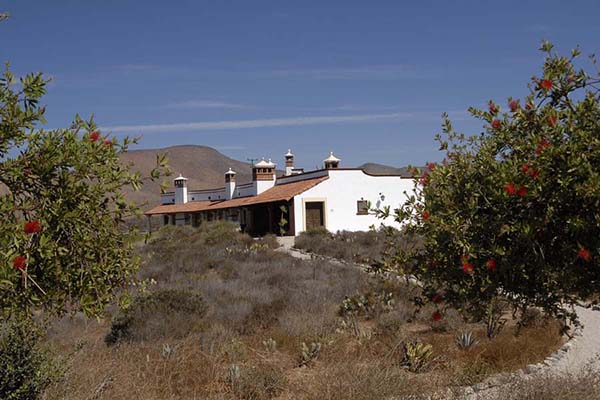
We saw a young lady and asked her for directions to the mission. She pointed and told us to go over a hill. We did, and the first thing we found was a well-maintained rural cemetery.
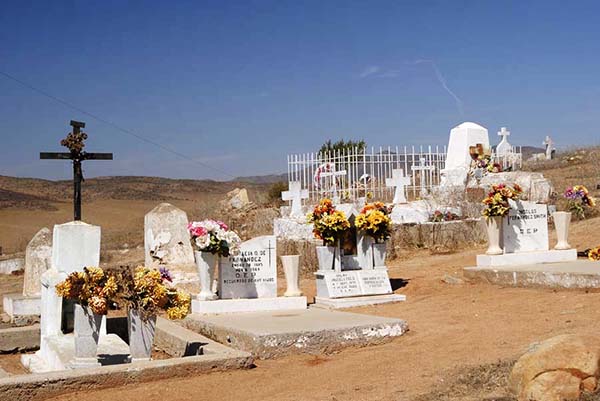
There was something about the cemetery that was simultaneously captivating and tranquil. It seemed to come from another era, and after reading the headstones we saw that it did. It was meticulously maintained. It’s always nice to see that.
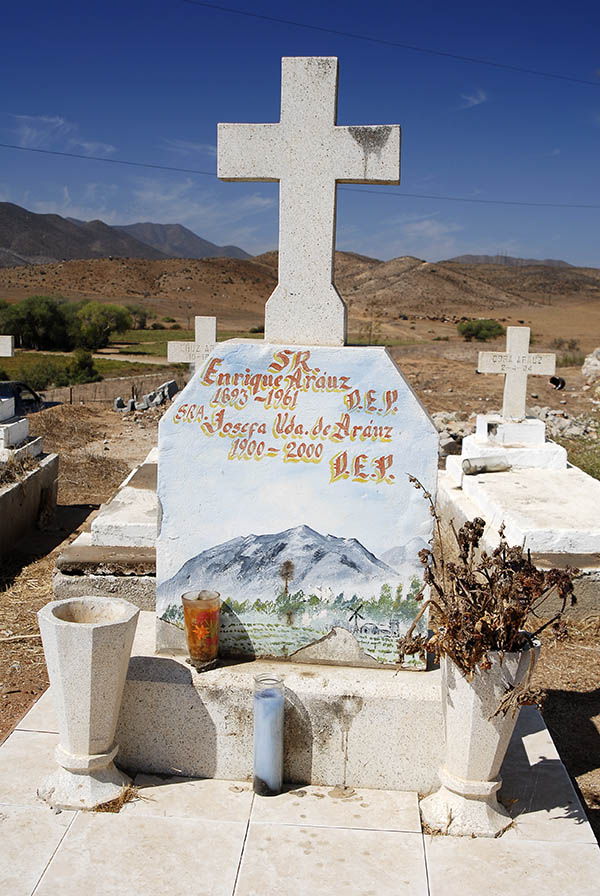
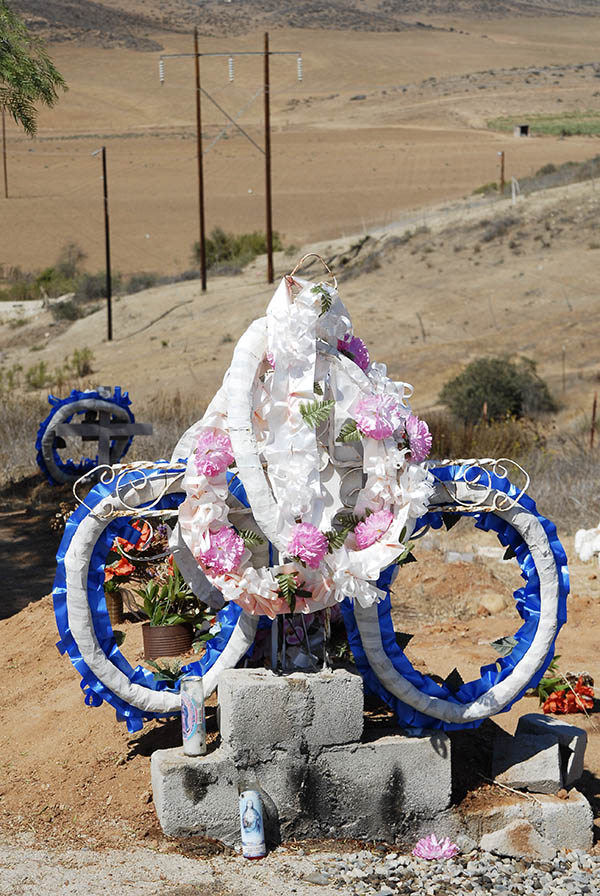
After the cemetery, we found the San Vincente Mission. The local folks are restoring it. I’d seen signs for the mission on the Transpeninsular Highway, but this is the first time I’d ventured off the asphalt to see it. John and I were the only folks out there that day.
The San Vincente Mission was built about 300 years ago. It’s one of several that run the length of the Baja peninsula. I’ve been to several, and a few are still working churches. What’s left of the San Vincente Mission is not.

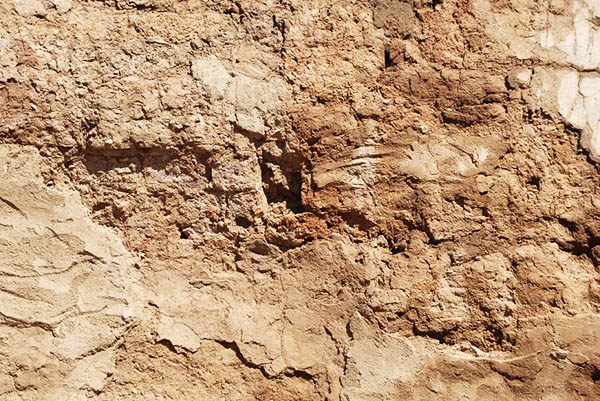
We rode through the soft sand back toward the Transpeninsular Highway to the town of San Vincente’s contemporary church (which is visible from the highway). It offered great photo opportunities and we took a bunch. We wanted to enter the church, but it was locked.
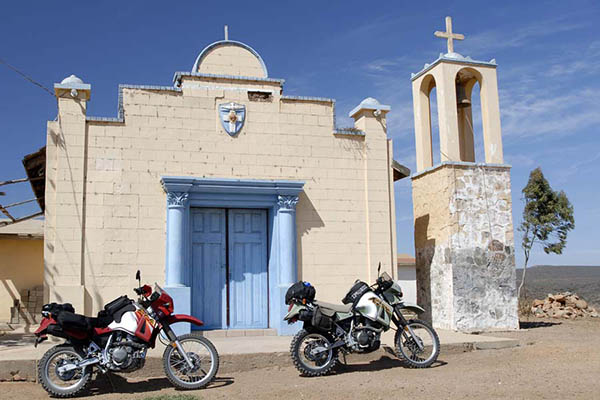

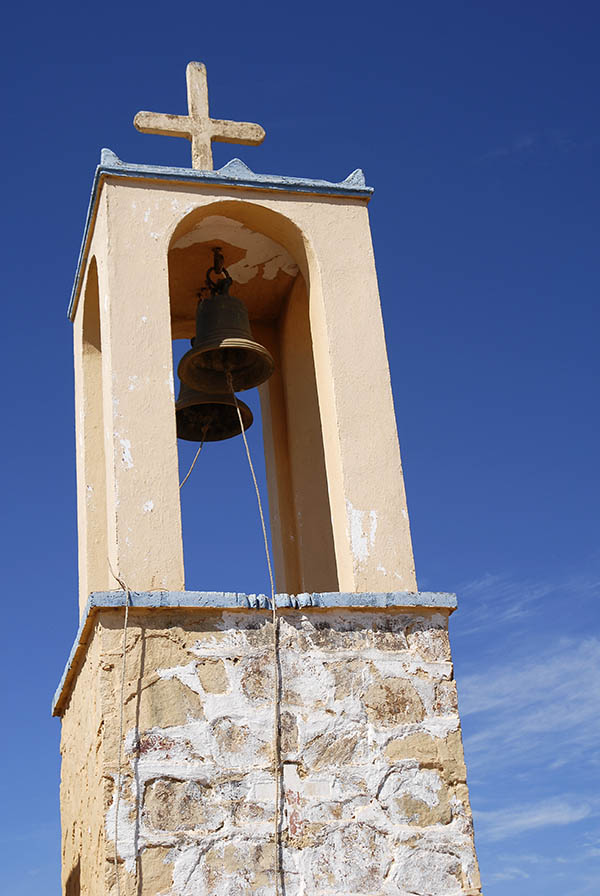
It was fun being out in these remote areas on the KLRs. The experience was a lot different than seeing Baja from pavement only, and John and I were enjoying it. I’m normally not a guy who likes riding dirt, but John had talked me into getting off the highway and I’m glad he did.
Shortly after leaving San Vincente, it was time to check off another item on our wish list, and that was seeing the Isla Del Carmen shipwreck. I wanted to see it, but I didn’t know exactly where the wreck was other than that it was somewhere off the coast near San Jacinto, so we took another dirt road due west for about 8 miles and hit the Pacific coast. Our plan was to intersect the coast several miles north of San Jacinto, follow it south, and find what was left of the Isla Del Carmen.
The dirt road along the coast was rough, and I’m being charitable when I call it a road. It was mostly soft sand. At one point the sand was so deep it was nearly impossible to control the KLR, so I wrestled the Kawasaki up into the weeds. It was a marginal improvement. I couldn’t see where the wheel was going, but at least the sand wasn’t calling the shots anymore. And before you tell me the trick is to get up to speed and float on top of the soft stuff, all I can say is hey, I was there. You weren’t.
Then we encountered something we hadn’t expected: Dogs. A pack of dogs, actually. And they were pissed. At us.
Well, that’s not quite accurate. Their anger was focused on me. Specifically, me. At least that’s how I felt.
In California, you almost never see a dog off a leash. In rural Mexico, you almost never see a dog on a leash. Those things are aggressive, too. We were chased by more dogs on this trip than I have been chased by in my entire life. They weren’t just interested in scaring us or getting a good laugh. Those things wanted us for dinner. Or rather, they wanted me for dinner. I’ll tell you more about the angry dogs of Baja as this story progresses, but one dog story at a time for now. And this one was enough.
I don’t like dogs. I was mauled pretty badly by one when I was kid, and I still have the scars to prove it. I know that those of you who have taken the Motorcycle Safety Foundation course or who have read about such things are thinking that being chased by a dog is no big deal. I know about slowing down, letting the dog calibrate his intercept based on your reduced speed, and then accelerating to confuse the cantankerous canine. That works on pavement if there is one dog. Try doing it in soft sand when there’s pack of four or five that are fanned out along your flank. In that situation, you are not just a motorcyclist. You are a potential meal. And that was the situation I found myself in that fine Baja afternoon.
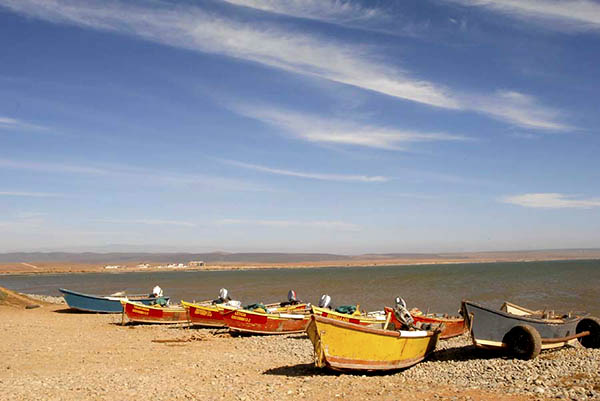
We were approaching a rinky-dink little fishing village, eyeballing the coast for the shipwreck, when the pack of dogs came after me. I think it might have been my green fluorescent riding jacket. Maybe they had an unhappy childhood. Maybe someone unfriended them on Facebook. Who knows. Whatever the reason, they were snarling and spitting and literally smacking their jaws as I tried to fool them with the slow-down-speed-up maneuver. In soft sand. Trying to keep the motorcycle vertical. Wondering what the hell I was doing down there.
Then it happened. One of the dogs got me.
I felt him crash into my right leg, and when I looked down, the thing had clamped down on my motorcycle pants just above my ankle. The dog was literally being dragged along for what seemed like an eternity. It locked eyes with me, and if there’s such a thing as telepathic communication, or maybe interspecies body language, the dog’s eyes said it all. It was not a pleasant message in either direction. The dog might have thought I was a sonofabitch; I had no doubts about him being one. I’ve known some SOBs in my life, but this bastard was the real deal. I didn’t feel any pain, but that’s normal in a traumatic situation. I didn’t know if the dog’s teeth broke the skin around my ankle, but I knew what it would portend if it had.
“Not good,” I thought.
I could see it all the while that miserable sonofabitch was clamped down on my leg, as he was being pulled along at 30 mph. What I saw was me making a beeline for the border to get medical treatment. Rabies shots, and who knows what else.
To be continued…
Hey, check out our other Epic Motorcycle Rides, and watch the ExNotes blog for the next installment of the Baja KLR Khronicles!
Like what you’re reading? Sign up for our automatic email updates, and you’ll be eligible for our quarterly drawing to win one of our adventure motorcycle books. Want to read about our other Baja motorcycle adventures? Order your own copy of Moto Baja here!

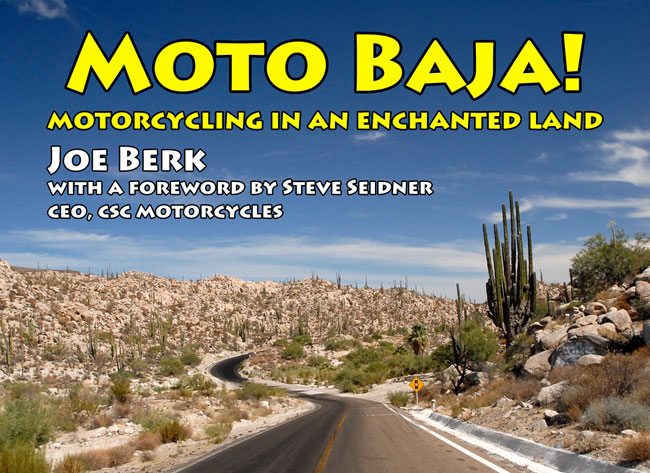
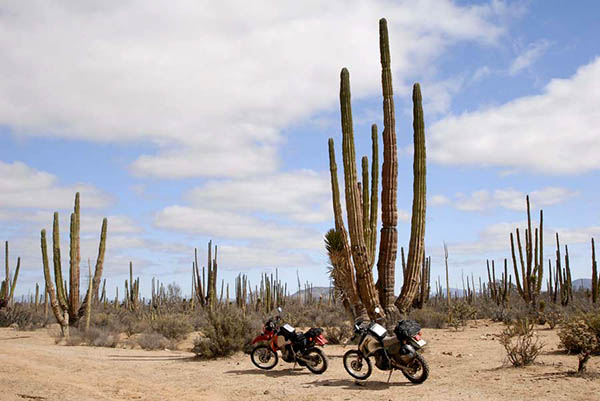
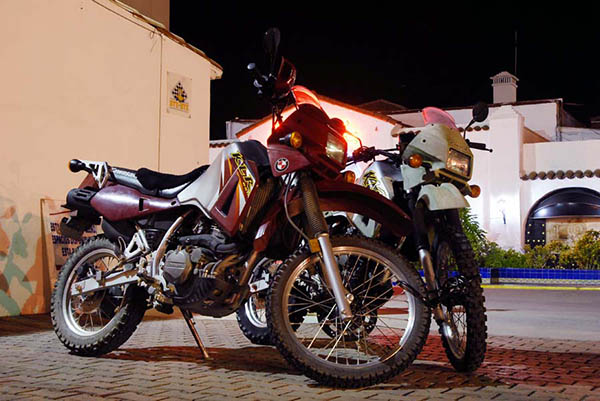

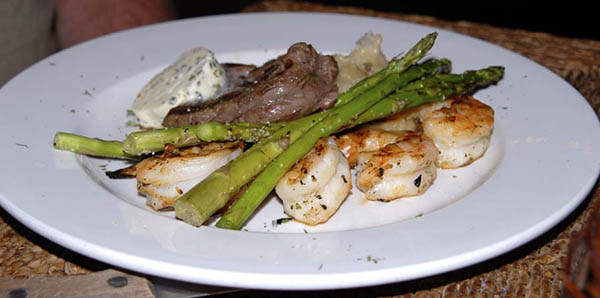
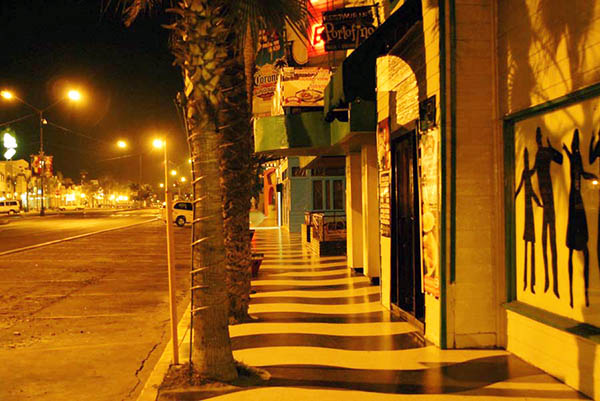
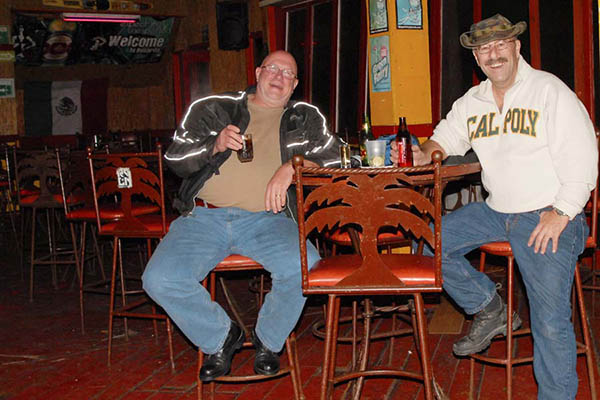
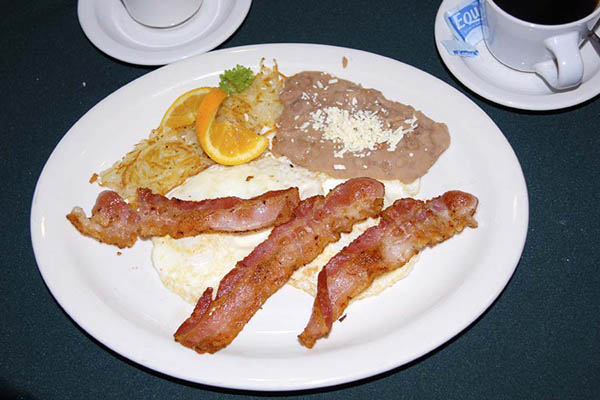

 I know…you can’t really read the print in the photo above, and that’s by design. Pick yourself up a copy of ADVMoto (it’s on the stands now). And if you want to see the blog posts from the
I know…you can’t really read the print in the photo above, and that’s by design. Pick yourself up a copy of ADVMoto (it’s on the stands now). And if you want to see the blog posts from the 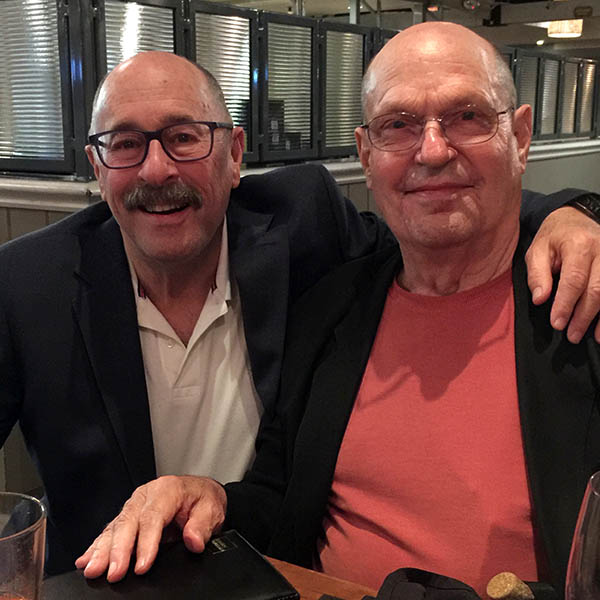
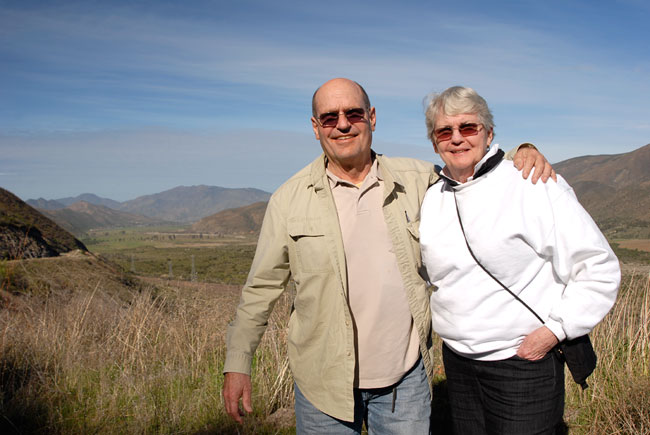
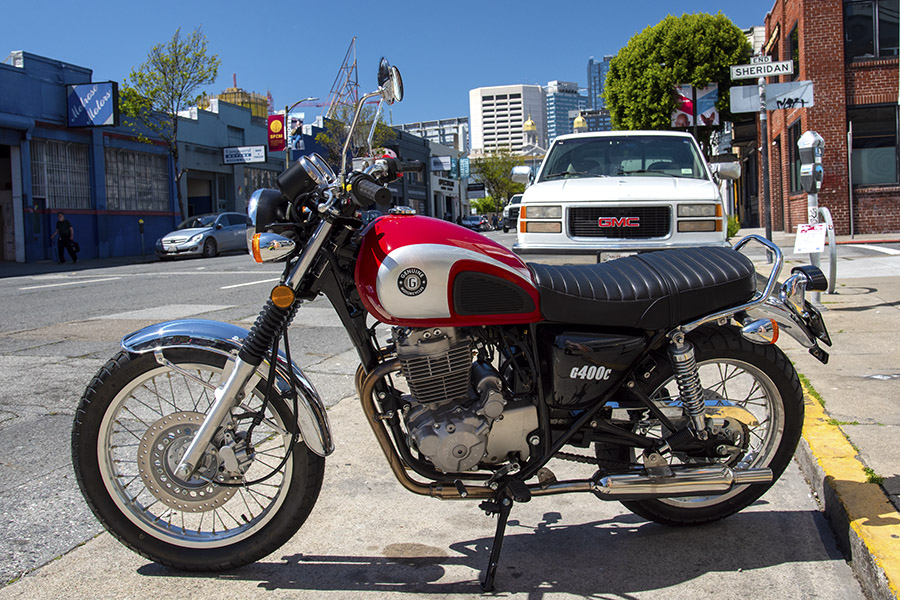
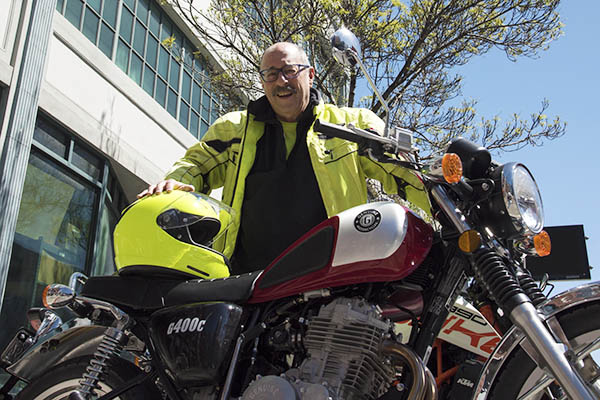
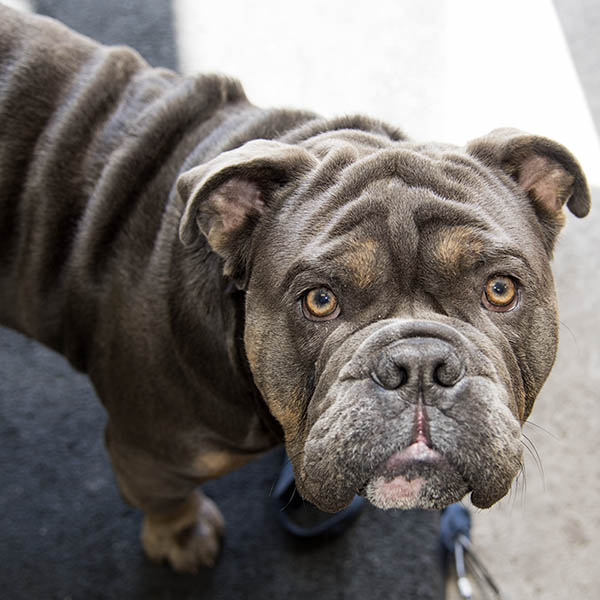
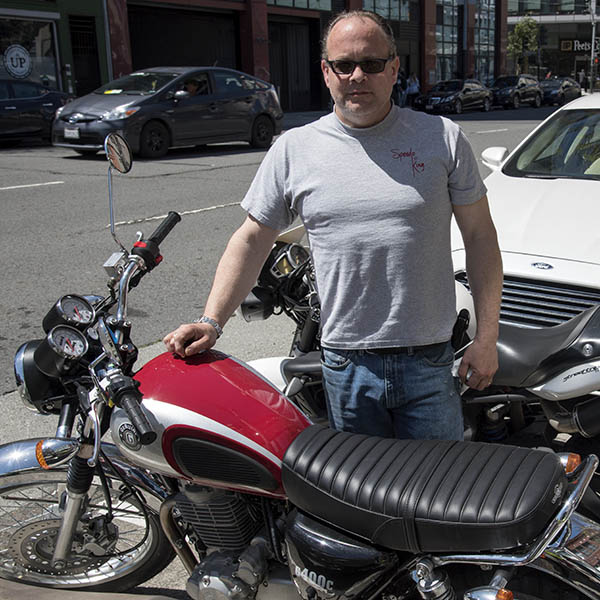
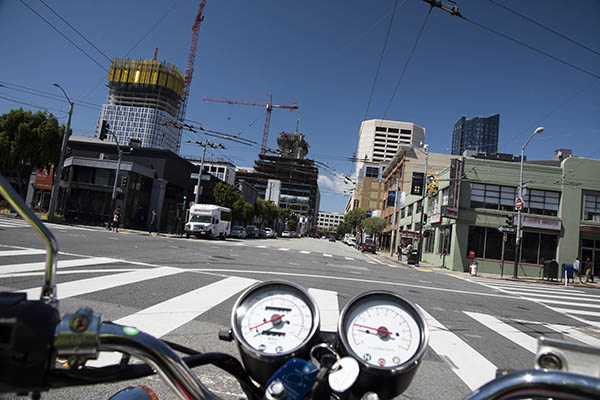
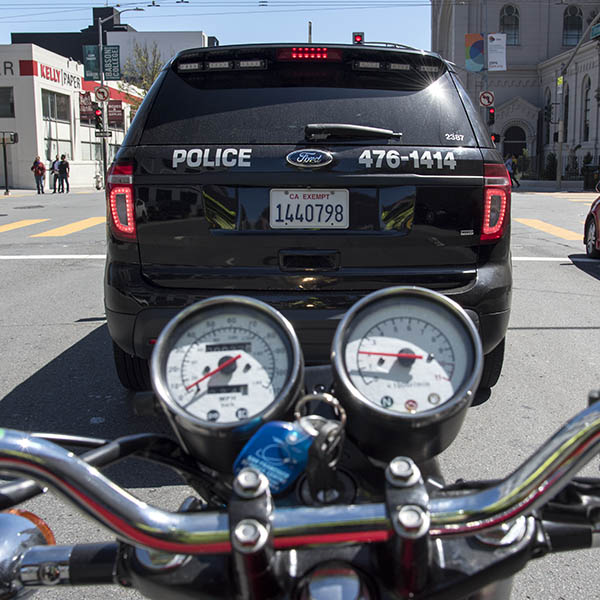

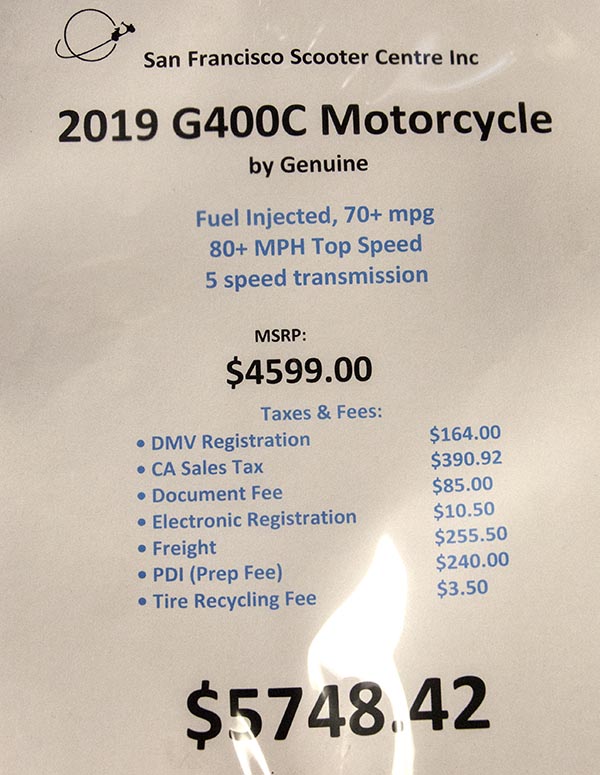
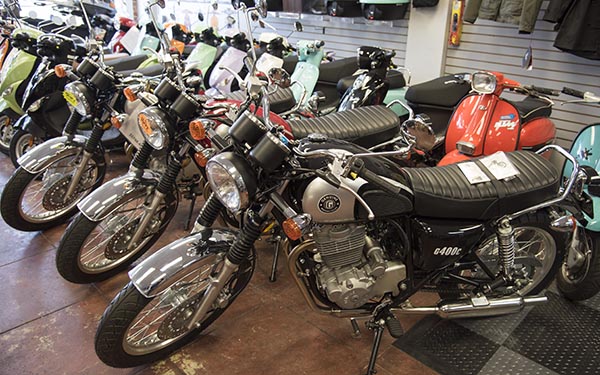
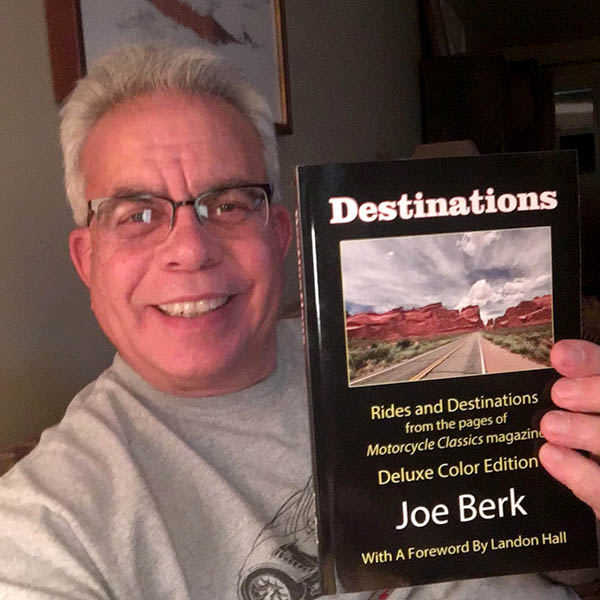

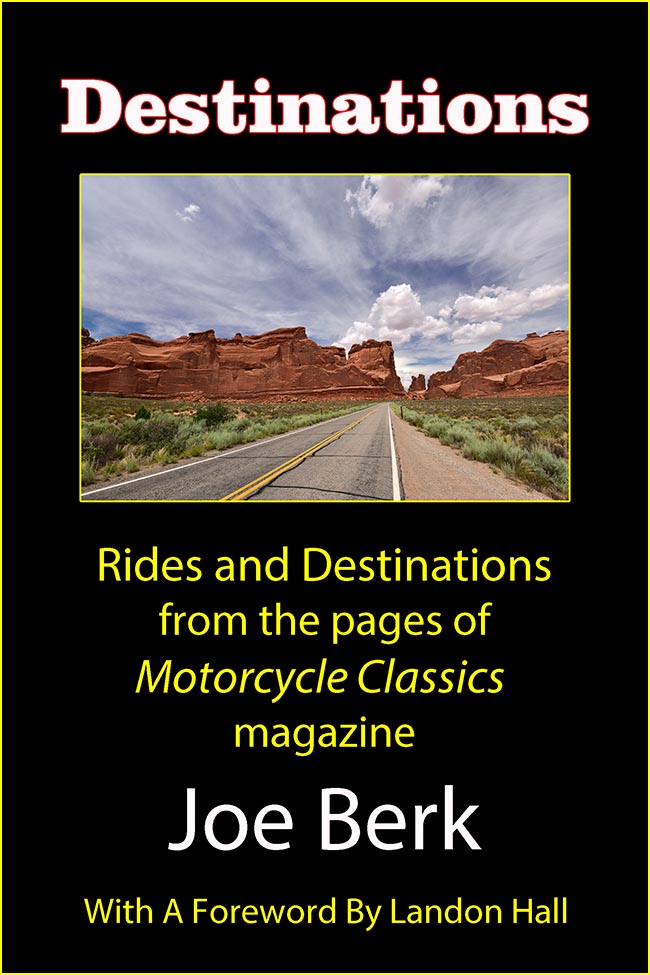
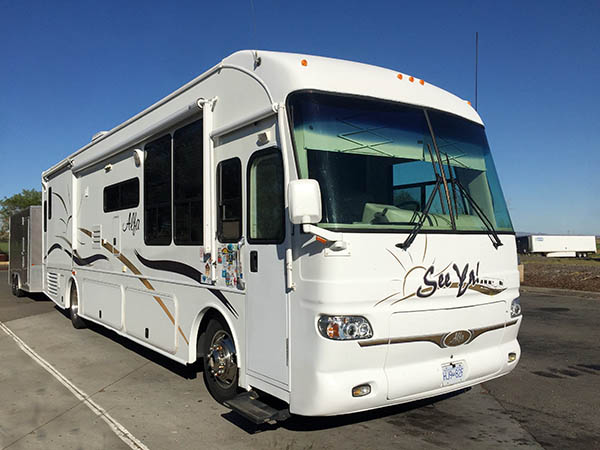
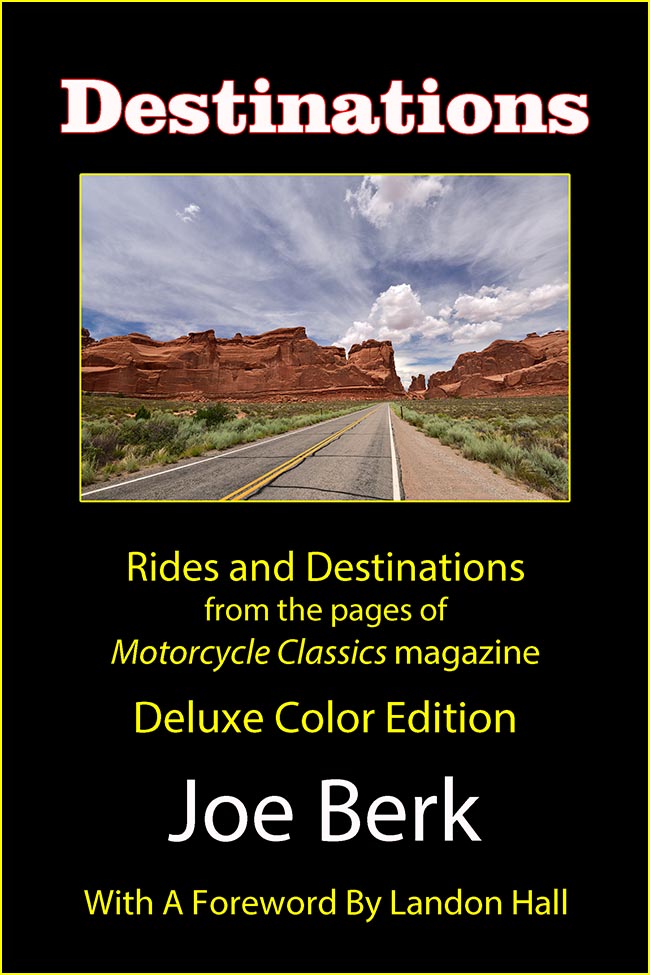
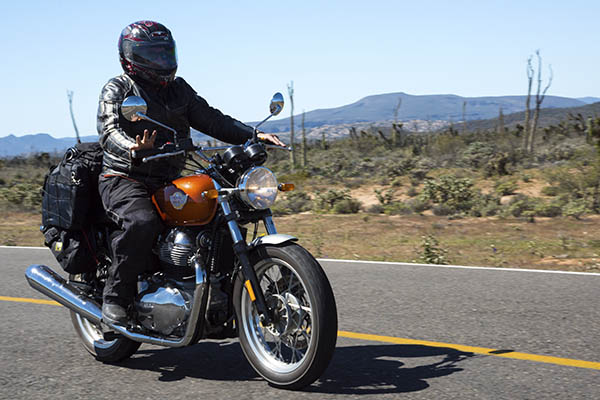 When I saw the first photographs of Royal Enfield’s new 650 twin the bike seemed perfect. 650 vertical twins have owned the sweet-spot of cool long before McQueen bashed them around the desert and they are still an ideal size and configuration for all around use. Unfortunately the latest vertical twin offerings from other motorcycle manufacturers have sprouted slow-moving tumorous pistons, lost their summer beach-bodies and become uselessly complex. The whole situation kind of put me on edge. I was actually a bit angry: “Royal Enfield better not screw this up,” I mumbled to my cat.
When I saw the first photographs of Royal Enfield’s new 650 twin the bike seemed perfect. 650 vertical twins have owned the sweet-spot of cool long before McQueen bashed them around the desert and they are still an ideal size and configuration for all around use. Unfortunately the latest vertical twin offerings from other motorcycle manufacturers have sprouted slow-moving tumorous pistons, lost their summer beach-bodies and become uselessly complex. The whole situation kind of put me on edge. I was actually a bit angry: “Royal Enfield better not screw this up,” I mumbled to my cat.